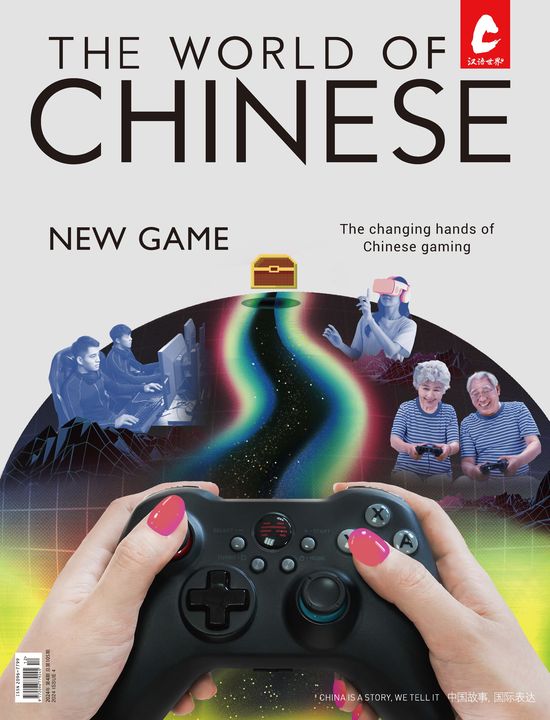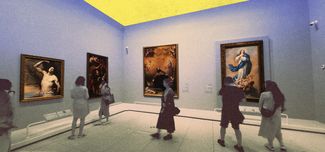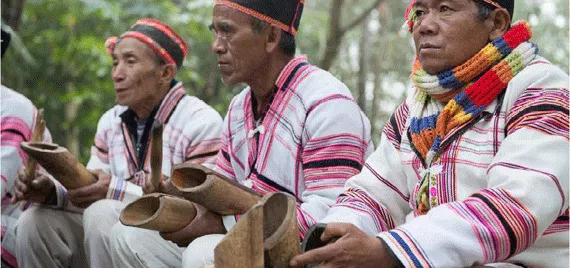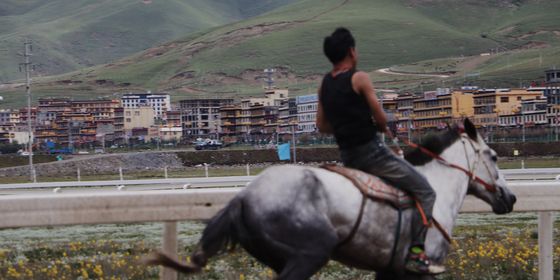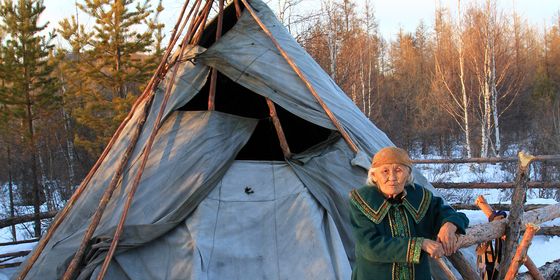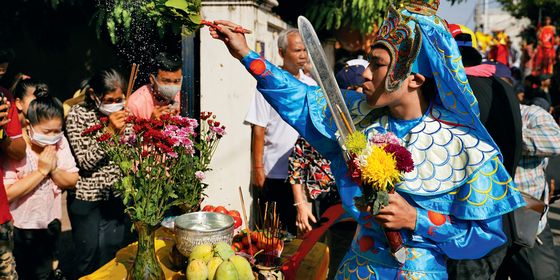A new lens on a gilded mountain fortress
In the Xishuangbanna Dai Autonomous Prefecture (西双版纳傣族自治州), to the east of its capital city of Jinghong (景洪), lies Mount Jino. Monsoons bring steady rain from both the Indian and Pacific Oceans from late May to late October. As such, luxuriant jungle-like forests dominate the landscape.
Sunshine is rare for the Jino people, who reside in over 40 villages on Mount Jino. However, on the back of each person’s vest—white for men, blue for women— you can find colorful embroidery with a sun motif, a way to compensate this great spirit in the dark of the storm.
In 1979, Jino were accepted as an independent ethnic group, the last of the 56 ethnic groups to be officially recognized by the Chinese government. They call themselves 基诺 (Jīnuò), meaning “descending from the uncle” in their own language. The Jino have a marvellous history of being both hunters and farmers. As hunters they were proficient with crossbows, poisoned arrows and even guns; they also burned down forests and grew cotton, rice, corn and the famous Pu’er tea. But, as with many of China’s ethnic groups, those days are gone.
Nowadays, there is one village where Jino culture is put on display for the benefit of travelling tourists. Jino Mountain Fortress (基诺山寨 Jīnuò shānzhài) employs Jino people as performers, showing off their ancient dances for visitors passing through. Here, being Jino is a job. Though everyone claims this is an “authentic” representation of the Jino people and their culture, these photos tell a different story. It’s the story of a people put on parade. To survive the modern world and its never-ending demands, the Jino here meld past and present—a show for tourists while real life waits at home. Some see villages like this as a farce, others a pleasant getaway. Really, the truth of the Jino is in what they make of it.
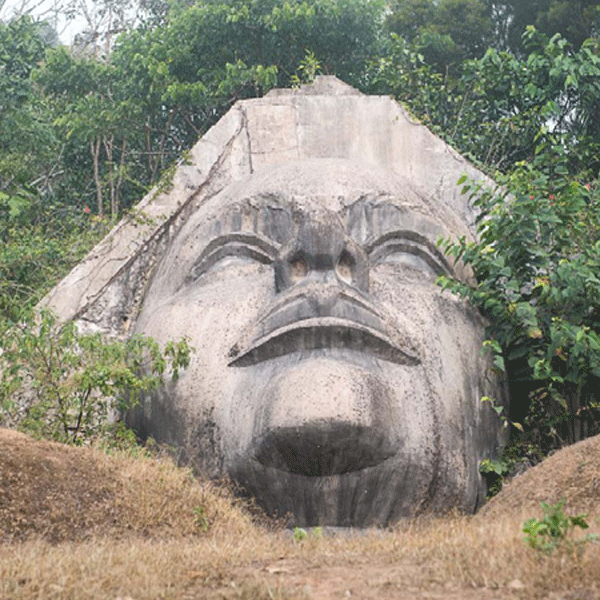
ACCORDING TO THE JINO CREATION MYTH, AMOYAOBEI ROSE FROM WATER AND CREATED THE SKY, EARTH, AND ALL LIVING CREATURES. THIS STATUE IS PLACED NEAR THE MOUNTAIN FORTRESS FOR TOURISTS TO ADMIRE ON THEIR WAY INTO THE AREA.
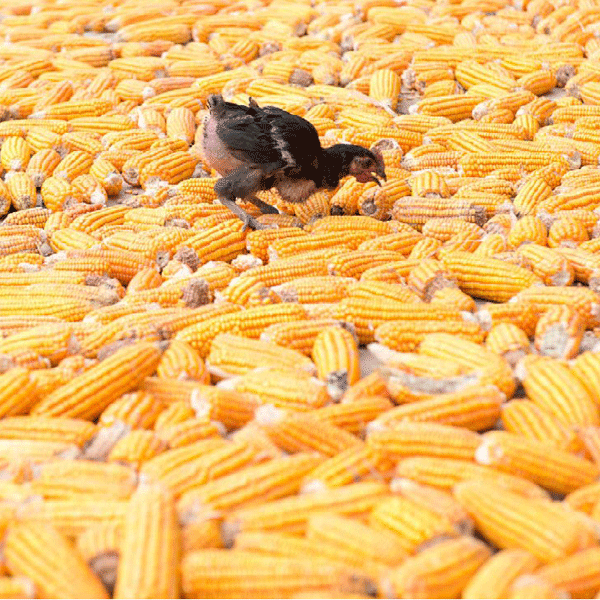
A CHICK PECKS AT THE CORN THE VILLAGERS RELY ON, FAR FROM THE BUSTLE OF TOURIST ATTRACTIONS
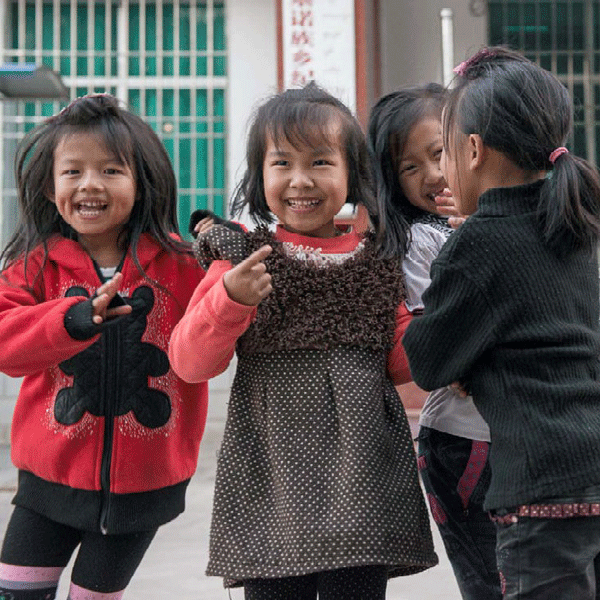
JINO CHILDREN PLAY AT THEIR PRIMARY SCHOOL CAMPUS NEAR THEIR VILLAGE WHILE THEIR PARENTS WORK
THE JINO CREATION MYTH
Like many cultures around the world, the Jino creation myth concerns a devastating flood. The goddess 阿嬷尧白 (Ā mā yáo bái) could not bear to see humans, her own creation, destroyed, so she placed a brother and sister into a large wooden drum. When the flood waters receded, they married and became the ancestors of all Jino people.
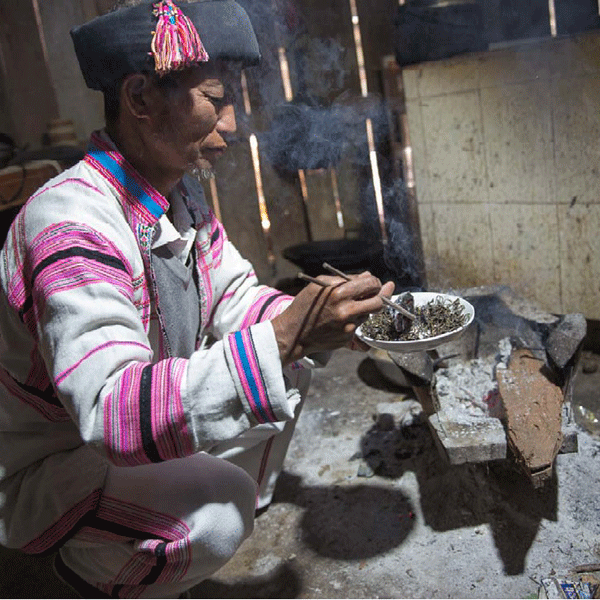
AN ELDER OF THE JINO TRIBE SHOWS VISITORS HOW TO MAKE TRADITIONAL TEA
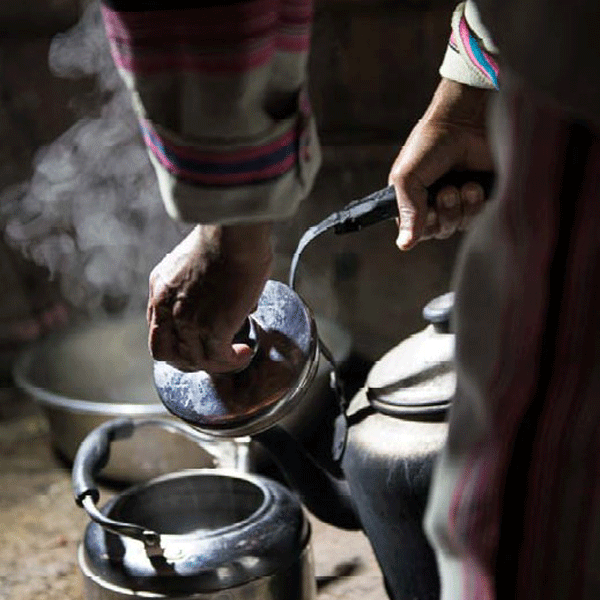
THE TRICK IS TO BURN THE LEAVES FIRST AND THEN DUMP THEM INTO HOT WATER
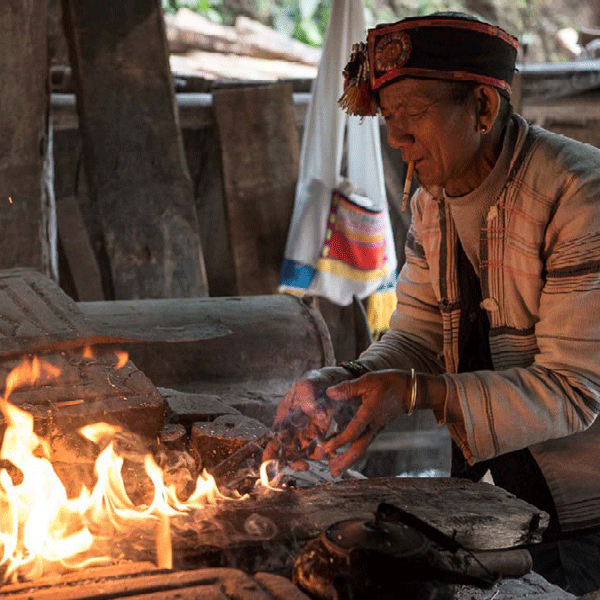
MAKING IRON FARM TOOLS WAS A SPECIAL OCCASION FOR THE WHOLE VILLAGE. NOW, IT IS PERFORMED FOR VISITORS YEAR ROUND.
COLD TEA LEAVES WITH SAUCE
The Jino people enjoy eating fresh tea leaves as a part of their regular diet. They pick the young leaves, rub them until they are tenderized and then immerse the leaves in cool spring water. Pickled bamboo shoots, garlic, hot pepper and a few other local, edible tree leaves are then added. This liangbancha (凉拌茶) goes perfectly with glutinous rice in summer.
IRON FORGING FESTIVAL
As the most important event of the year, Datiejie (打铁节) illustrates the importance of iron farm tools and blacksmithing in agricultural life. Usually from February 6 to 8, the festival begins with the village chief tapping a drum to rally the locals. An ox is then slaughtered as a sacrifice and shared among the villagers. As a sign of respect, every family offers a gift to the village seniors and the local blacksmith.
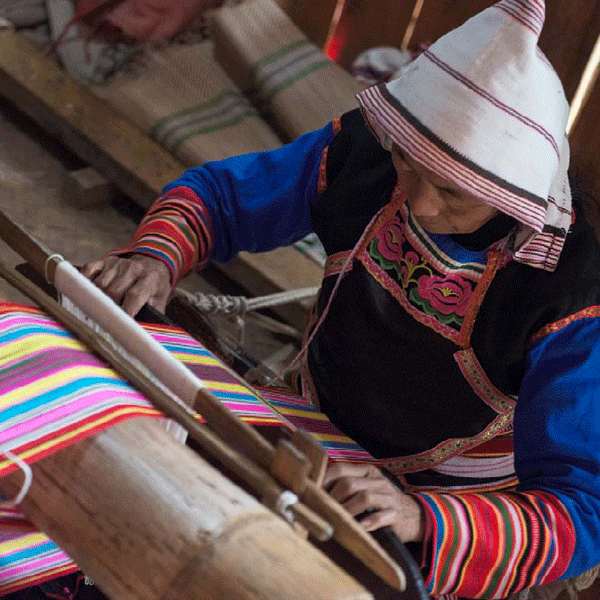
A JINO WOMAN SHOWCASES TRADITIONAL WEAVING TECHNIQUES
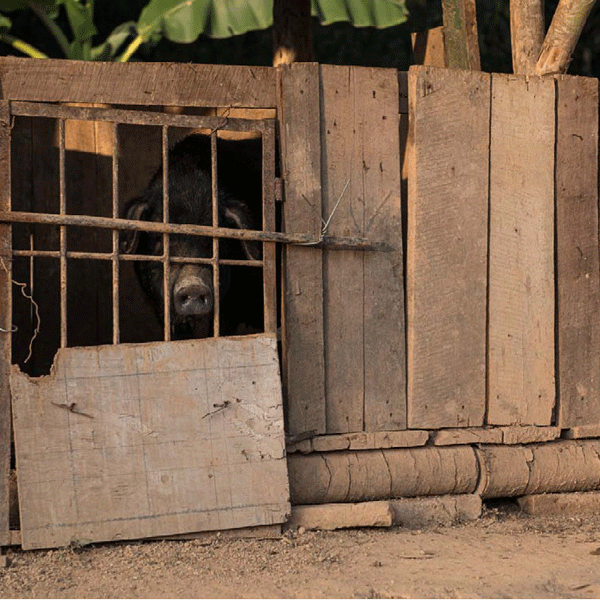
AWAY FROM THE SPECTACLE OF JINO MOUNTAIN FORTRESS, PIGS ARE IMPORTANT PROPERTY
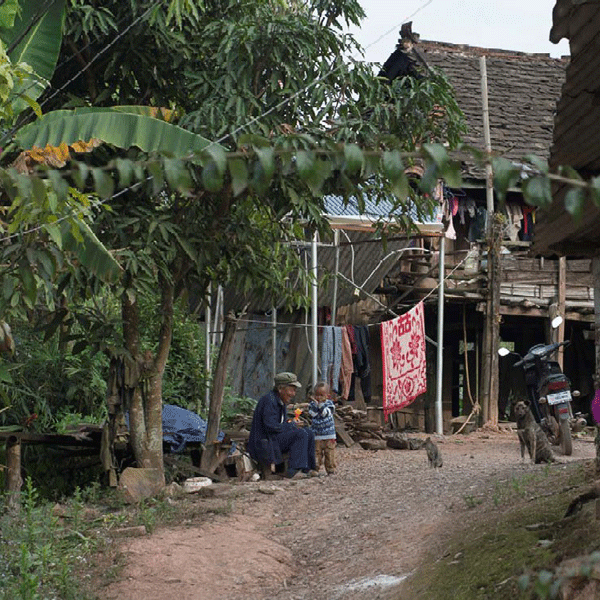
AN OLD MAN AND HIS GRANDSON HIDE FROM THE ONSLAUGHT OF TOURISTS OUTSIDE THEIR BAMBOO HOME
THE SUN DRUM
Taiyanggu (太阳鼓) are extremely important to the Jino people, and no village is complete without them. The larger one is the “male” drum and the smaller is the “female” drum. The diameter of the ox-skin drums run from 50 centimeter to one meter. Twenty wooden handles are decorated around the drum to represent sunrays, symbolic of the drum in the Jino creation myth. During the Iron Forging Festival, villagers rhythmically bang the drum and dance “The Dance of the Sun Drum” (太阳鼓舞 Tàiyáng gǔwǔ).
THE LANGUAGE
Jino people have their own language, similar in structure and vocabulary to the Yi (彝) ethnic group and Burmese peoples. Though used in daily life, there is no written form of the language. Today, like many of China’s forgotten languages, Mandarin is overtaking
the use of the Jino language; Jino children often cannot speak the language of their ancestors because it is not taught in school. As the modern world encroaches, this oral tradition is under threat of linguistic extinction.
Photographs by Carole Lauener and text by Liu Jue (刘珏)
